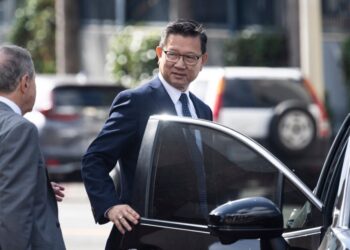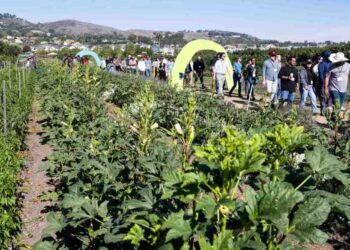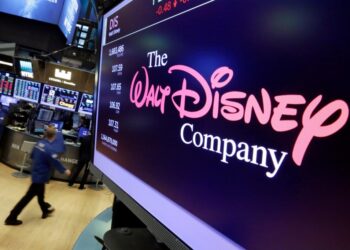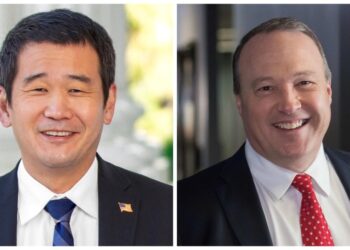Today, a look at why we’re stuck with 3.6 million pounds of nuclear waste at San Onofre — and a glimpse of the future.
The folks who dreamed up America’s peaceful nuclear power program always envisioned a “closed fuel cycle,” vastly shrinking the amount of highly radioactive waste we’d have to grapple with at the back end. Used fuel would be removed from reactor cores, shipped to a central plant and chemically reprocessed. Unburned uranium and plutonium would be separated out and used again. The rest of the stuff, now radioactive at much lower levels, would be buried.
That’s how it works now in France, Japan, Russia. But not here.
In the U.S., folks were spooked that reprocessing might let uranium and plutonium fall into terrorists’ hands. So in 1976, President Gerald Ford put a hold on starting up a new reprocessing plant. The following year, President Jimmy Carter deferred it indefinitely.
And here we are, nearly 50 years later. America never figured out what the heck else to do with nuclear waste, so it piles up at reactor sites all over the nation. Like at San Onofre. And at Diablo Canyon.
Enter now a new company asserting that the U.S. never actually banned reprocessing. It is — gasp — planning to open its own pilot reprocessing plant!
Can you do that?

“Policy in the U.S. enables recycling on a commercial scale,” said Everett Redmond, senior director of fuel affairs for Oklo, during a recent panel discussion with the American Nuclear Society.
“The NRC has a regulation, looked at updating it, but brought that to a halt. We believe it doesn’t need to be changed. We don’t need NRC rulemaking. We started engagement with NRC last year and are in pre-application activities. From our perspective, recycling absolutely is doable in the U.S.”
Really?! Legally allowable? After all these years of nothing?
Indeed
Yep, as it turns out.
“The (Nuclear Regulatory) Commission determined in 2021 that current regulations under 10 CFR…
Read the full article here






